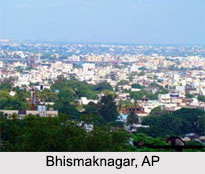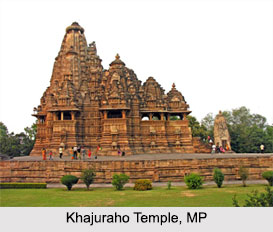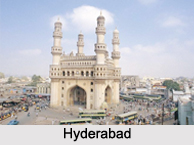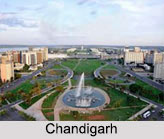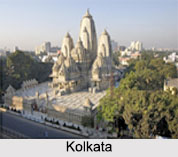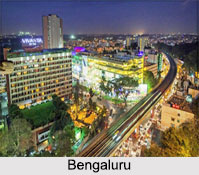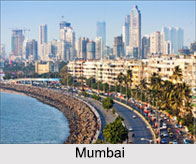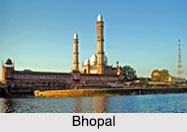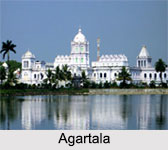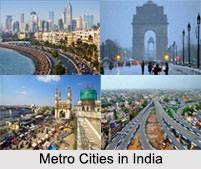 Naganath, situated near Dwarka city in the Indian state of Gujarat, is known to be the oldest and the most sanctified city of the state. Located at a distance of 18 kilometres from Dwarka, the place is also famed for hosting the Naganath temple. The temple is also referred to as the first Jyotirlinga of the earth. Naganath is often recognized as Nageshwar Temple Jyotirlinga. The place invites a number of pilgrims and devotees for paying their reverence to various deities.
Naganath, situated near Dwarka city in the Indian state of Gujarat, is known to be the oldest and the most sanctified city of the state. Located at a distance of 18 kilometres from Dwarka, the place is also famed for hosting the Naganath temple. The temple is also referred to as the first Jyotirlinga of the earth. Naganath is often recognized as Nageshwar Temple Jyotirlinga. The place invites a number of pilgrims and devotees for paying their reverence to various deities.
History of Naganath
The city of Naganath holds much religious as well as historical significance. It derives its name from the famous Naganath or Nageshwar temple. The temple is believed to have constructed during the period of Pandavas. The temple has a magnificent architecture and houses a number of smaller shrines among which 108 are Shiva shrines and the remaining 68 are dedicated to other deities. During the Mughal rule in India, attempts were made to demolish the temple but the devotees rebuilt it.
Geography of Naganath
Naganath city is nestled on the coast of Saurashtra in the state of Gujarat. It has hot and dry summers and mild cold winters and is overall blessed with a pleasant climate. The city receives adequate monsoon. Apart from being a religious place, the city is also bestowed with scenic landscapes.
Tourism in Naganath
The holy city of Naganath is usually frequented by pilgrims owing to the presence of Nageshwar temple. The temple is structured entirely with stones and comprises large corridors and strong walls. It also houses a spacious hall which is supported by eight pillars. There is also an enormous Shiva statue standing in the city near temple which is extensively worshipped by the devotees. Nageshwar temple exhibits a magnificent beauty and flaunts a towering Sikhara which welcomes the visitors from far away. The speciality of the statue is that it is one of the biggest statues of the country. The place also draws the attention of archaeology lovers.
Visiting Information
Naganath is best visited between the period of October and February when the climate remains pleasant. Nearest airport is located at Jamnagar, 146 kilometres away. Dwarka forms the nearest rail head to reach Nagnath, which is connected to Ahmedabad, Jamnagar, Rajkot and Mumbai. Roadways can also be availed to reach the city by hiring private cabs or busses.
